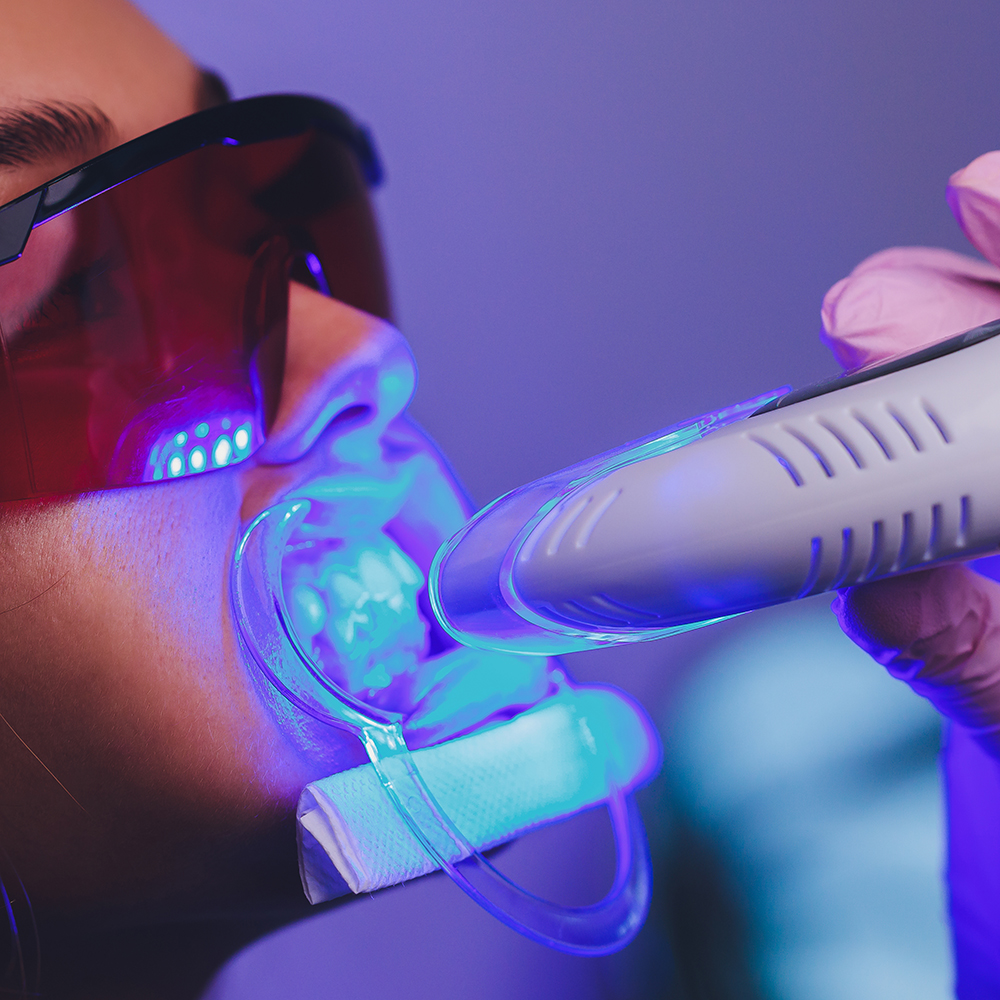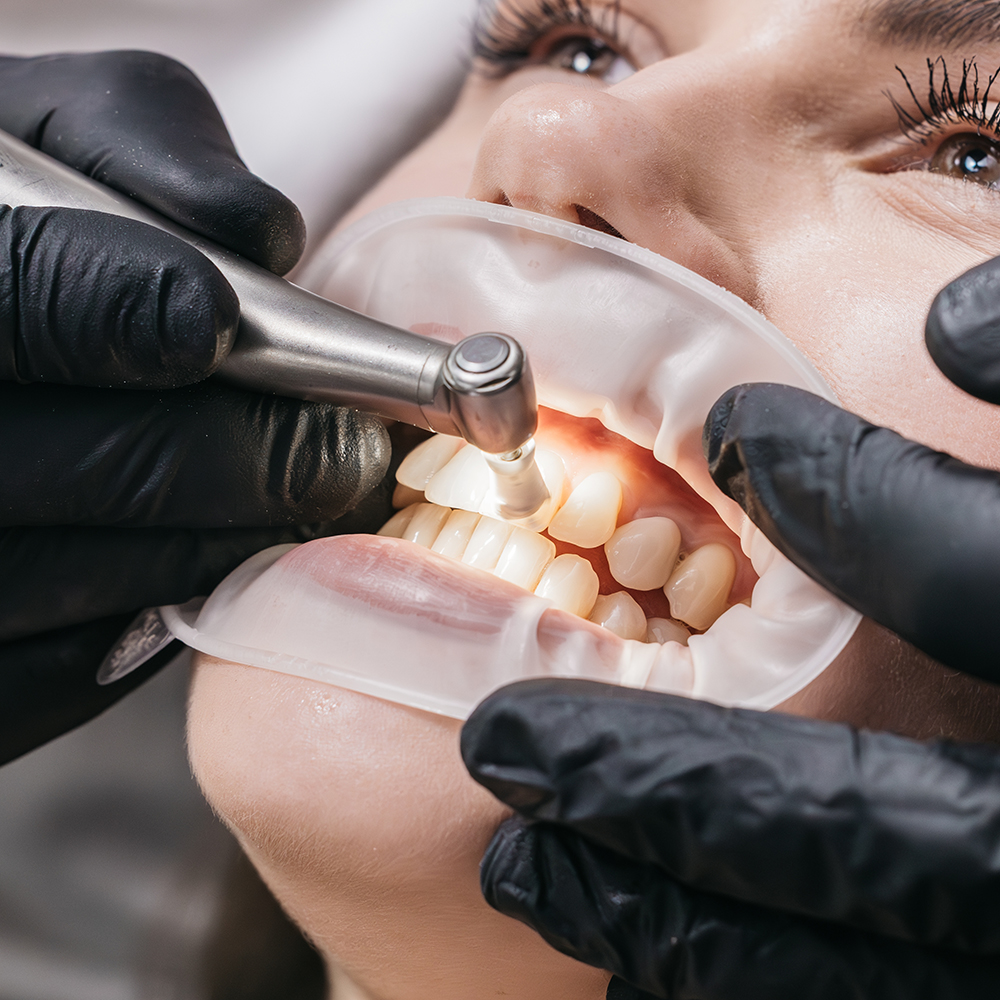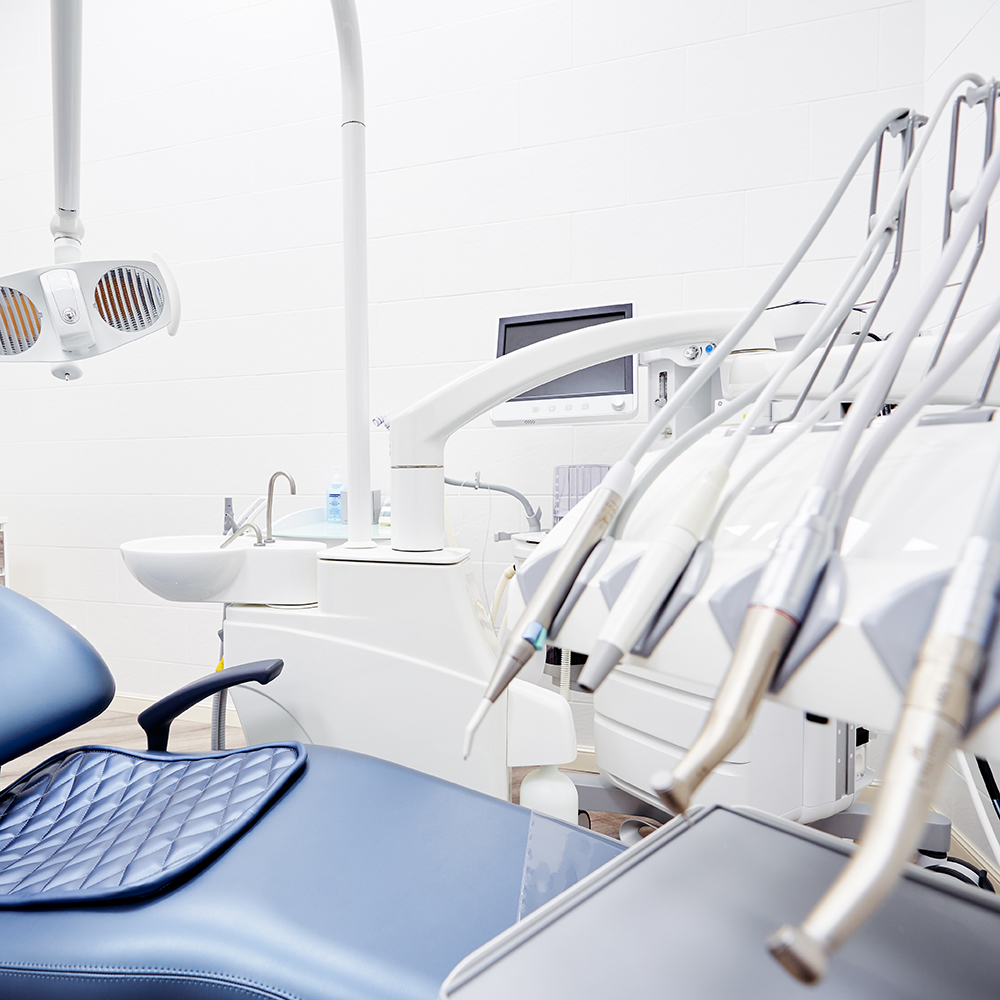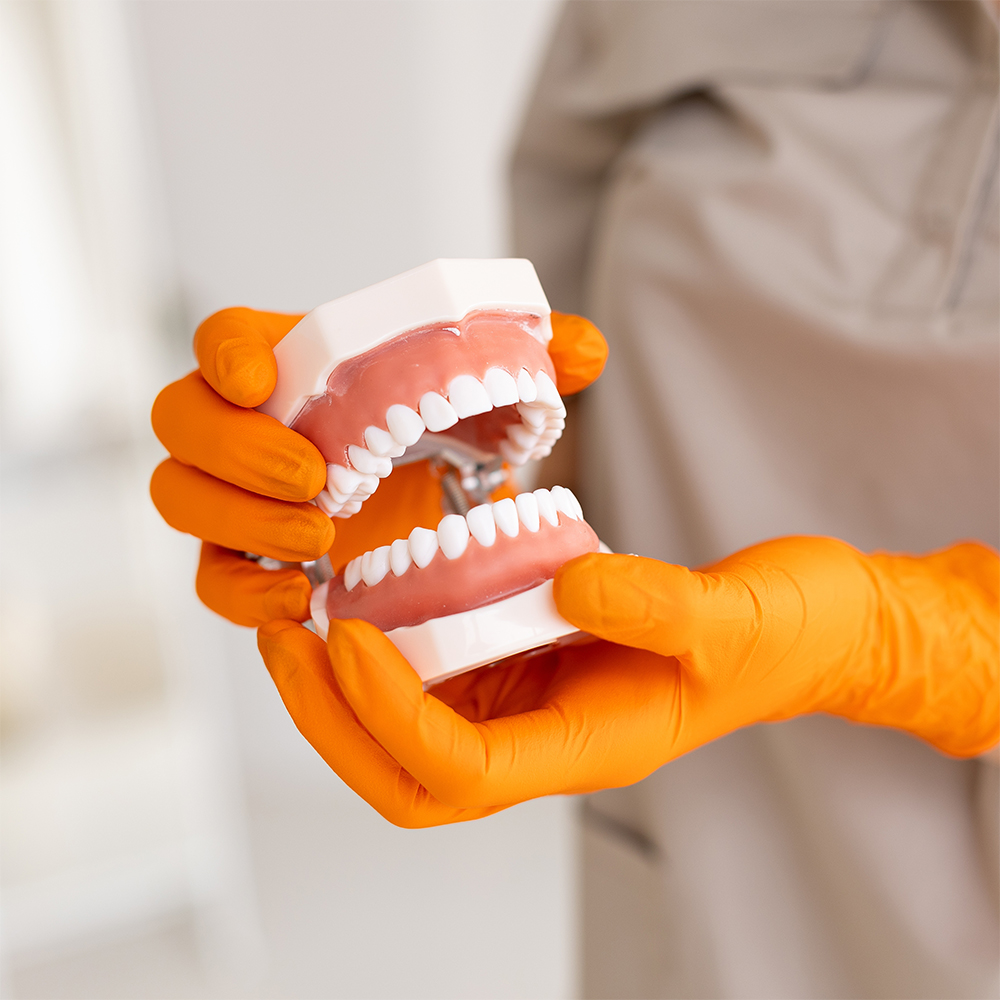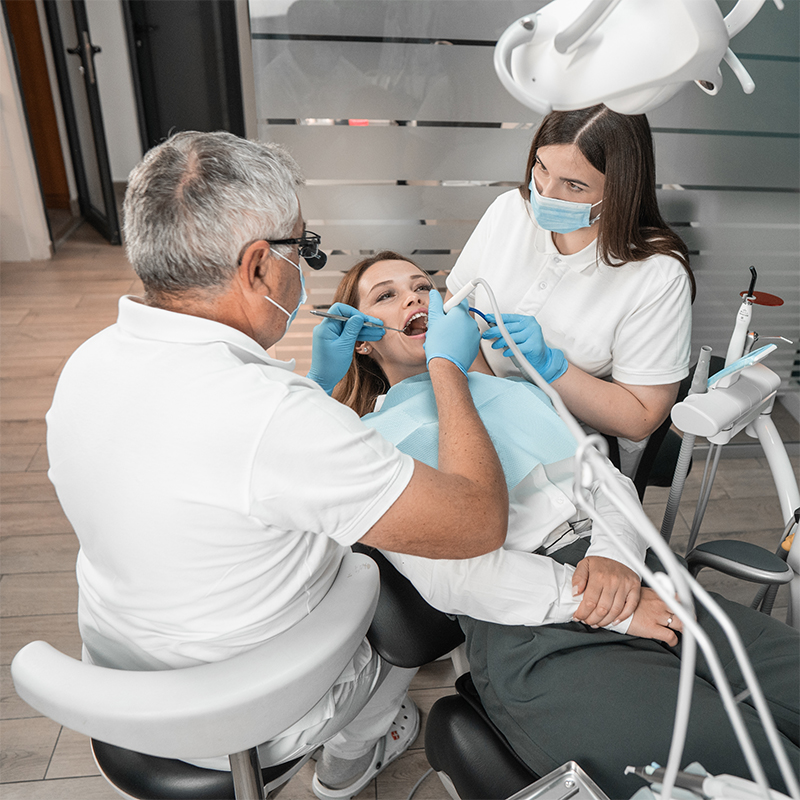Biocompatible Dental Materials: A Dentist’s Guide to Safe, Durable Dentistry

Well, isn’t dentistry a marvel? From that first silver-gray dental amalgam to today’s advanced bioactive compounds, our field has transformed dramatically. In this comprehensive guide, you’ll discover how biocompatible dental materials underpin every successful dental restoration, why material compatibility is non-negotiable, and how today’s dentists leverage rigorous biocompatibility testing to ensure patient safety.
What Is Biocompatibility of Dental Materials?
Biocompatibility means a substance can remain in the mouth without causing any adverse reactions in the body. Specifically, a material must:
Elicit an appropriate host response in gum, bone, and pulp
Release no harmful leachables or toxins
Maintain stability under saliva’s pH fluctuations and chewing forces
Moreover, biocompatibility testing—from in vitro cytotoxicity assays to in vivo animal models—confirms that restoratives, from composite resin to ceramic materials, meet stringent safety standards.
Historical Perspective on Dental Amalgams
Before we had white fillings, dental amalgams were the go-to materials in restorative practice. Composed of silver, tin, copper, and mercury, these alloys offered unmatched durability. However, environmental and health concerns over mercury release spurred the shift toward resin and ceramic options. Today, amalgam fillings remain in some practices but are largely replaced by esthetic, metal-free restoratives.
Classification of Modern Dental Biomaterials
Resin Systems for Direct Restorations
Known as dental composites, these dental filling materials bond micromechanically to enamel and dentin.
Layered placement (2 mm increments) reduces shrinkage and marginal gaps.
Advances in nanotechnology have given rise to new materials that polish to a mirror-smooth finish, contributing to better oral hygiene.
Glass Ionomers & Bioactive Cements
These liners chemically adhere to dentin and steadily release fluoride, reinforcing tooth structure.
Their benefits of biocompatible materials include pulp protection and caries prevention, especially in pediatric dental applications.
Ceramic Materials in Indirect Restorations
Ceramic materials such as lithium disilicate and zirconia provide lifelike translucency, flawlessly mimic the natural appearance of teeth, and resist staining.
Ideal for crowns and bridges, inlays, onlays, and implant abutments where esthetics and strength are paramount.
Metal Alloys and Metal-Free Alternatives
Dental metals, notably titanium, dominate dental implant frameworks thanks to proven osseointegration.
For metal-sensitive patients, zirconia abutments deliver a fully safe and effective option that eliminates nickel or cobalt concerns.
The Field of Dental Biomaterials Research
In dental school, we study enamel’s microstructure and materials and devices science. Yet, the evolution of dental materials—from amalgam to bioactives—owes much to interdisciplinary research. Today, labs explore materials that are not biocompatible alternatives, seeking novel polymers and ceramics that actively stimulate remineralization and soft-tissue healing.
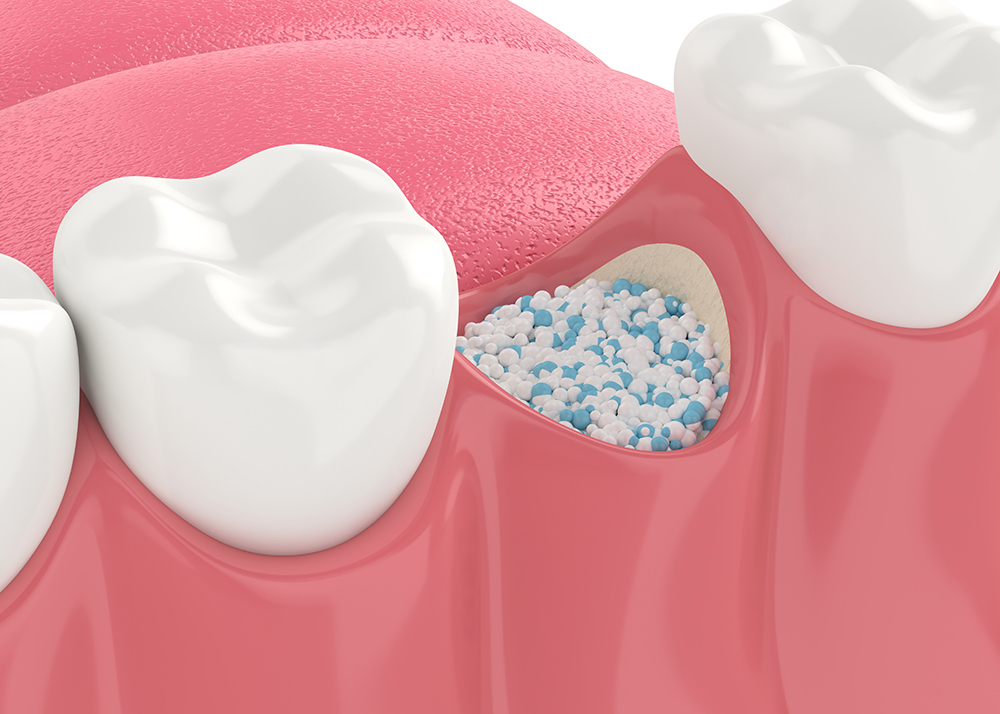
Selecting Biocompatible Materials: A Step-by-Step Protocol
1. Assess Tooth and Patient Factors
Tooth Structure: Measure remaining enamel and dentin. Deep lesions may need liners under the final restorative material.
Patient History: Allergies, bruxism, and hygiene habits guide choices among resins, ceramics, or metals.
2. Review Material Properties
Mechanical strength: Does it handle occlusal loads?
Esthetics: Can it match the natural color and translucency of teeth?
Biocompatibility: Has the product passed ISO 10993 and FDA approval?
3. Consider Clinical Workflow
Direct Restorations: Use of biocompatible materials like nano-hybrid composites for same-day fillings.
Indirect Restorations: Digital impressions, CAD/CAM design, and materials in restorative labs produce precise crowns, onlays, and implant prostheses.
Pediatric Dentistry: Glass ionomer liners protect the dental pulp and simplify application.
4. Verify Documentation
Always request certificates proving both material biocompatibility and absence of harmful monomers.
Confirm materials are designed for specific applications, from posterior load-bearing to anterior esthetics.
Clinical Techniques for Direct Restorations
Isolation and Adhesive Protocols
Rubber-dam isolation is critical. After etching and priming, modern adhesives create micromechanical bonds to tooth tissues, maximizing longevity.
Incremental Placement of Filling Materials
Place composite in 2 mm layers, curing each thoroughly. This technique mitigates polymerization stress and reduces the risk of adverse reactions at the margins.
Finishing, Polishing, and Shading
Use fine discs and polishing pastes to replicate the appearance of teeth, ensuring restorations blend seamlessly with adjacent enamel.
Indirect Restorations: Digital to Delivery
Digital Impressions and Design
Scan the preparation—goodbye, mess.
Design restorations in CAD software, selecting between ceramic materials and porcelain-fused-to-metal.
Milling, Sintering, and Cementation
Mill monolithic zirconia or lithium disilicate.
Sinter for strength, then glaze for esthetics.
Cement with biocompatible resin cements, ensuring a stable bond that contributes to better oral health.
Innovations in Modern Dentistry
Nanotechnology in Composite Resins
Nanofillers fill micro-gaps, enhancing mechanical properties, decreasing shrinkage, and maintaining high polish retention.
Bioactive and Regenerative Materials
These advanced materials release calcium, phosphate, and fluoride ions—actively promoting tissue regeneration rather than merely filling voids.
3D Printing and Additive Manufacturing
Biocompatible polymers and ceramics now support chairside 3D printing of surgical guides, provisional crowns, and even final prostheses—streamlining workflows and reducing lab turnaround.
Antimicrobial Surface Treatments
Coatings with silver nanoparticles or quaternary ammonium compounds prevent bacterial adhesion on restorations and implants, reducing the risk of adverse reactions like peri-implantitis.
Materials and Devices in Digital Dentistry
With the rise of digital dentistry, practitioners must stay current on software updates, milling parameters, and materials and devices catalogues. After all, the wrong parameters can turn a masterpiece into a misfit.
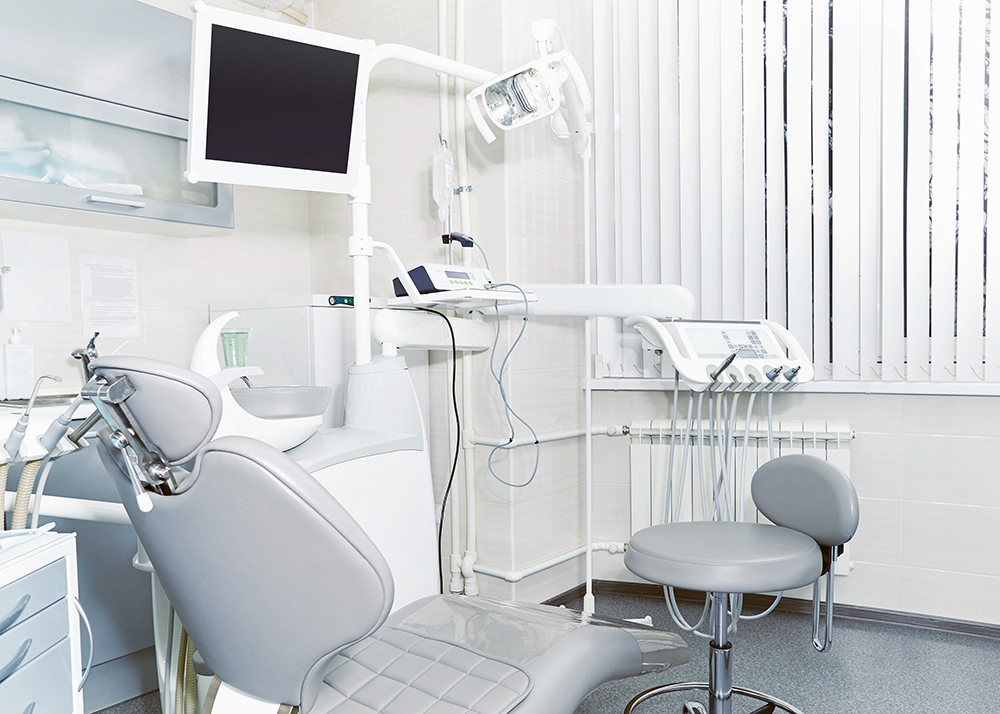
Picking Materials for Complex Cases
Full-Arch Implant Prostheses
Large-span cases demand careful selection of framework materials—materials for dental implants must balance strength, weight, and tissue compatibility.
Pediatric and Geriatric Considerations
Youthful clients benefit from glass ionomer’s fluoride release, while seniors may require softer liners and flexible materials that accommodate root recession.
Materials That Are Not Biocompatible: A Warning
Avoid experimental monomers and non-certified polymers. If a product lacks peer-reviewed studies or ISO/FDA clearance, you’re risking patient health and your professional reputation.
Frequently Asked Questions
Compatibility ensures no chronic inflammation or cytotoxicity, underpinning restoration longevity and patient comfort.
Passing cytotoxicity, sensitization, and implant studies—plus regulatory approvals—confirms a product’s biocompatibility.
Ceramics excel in strength and esthetics for indirect restorations, while composites offer conservative, same-visit repairs.
Choose materials with documented cause allergic reactions rates below industry thresholds and verify batch certificates.
Bioactive glasses and regenerative polymers stimulate remineralization, bridging restoration and healing.
Innovations like bioactives and 3D-printable resins continually improve outcomes, making continued education essential.
You match patient needs, tooth anatomy, and functional demands with the best biocompatible options—ensuring patient safety.
Routine six-month check-ups catch early wear or marginal breakdown, key to long-term success of dental restorations.
In vitro assays test cell responses on petri dishes; in vivo studies validate performance in living tissues.
Regular training on scanning, CAD/CAM, and materials and devices platforms—plus reviewing manufacturer updates—keeps you at the cutting edge.
Conclusion
From dental school lectures on enamel prisms to today’s nanocomposites and bioactive ceramics, the journey of dental biomaterials reflects our commitment to safe and effective care. By understanding biocompatibility of dental materials, mastering selection protocols, and embracing innovations, every dentist can deliver restorations that last a lifetime—ensuring healthier smiles for generations.


